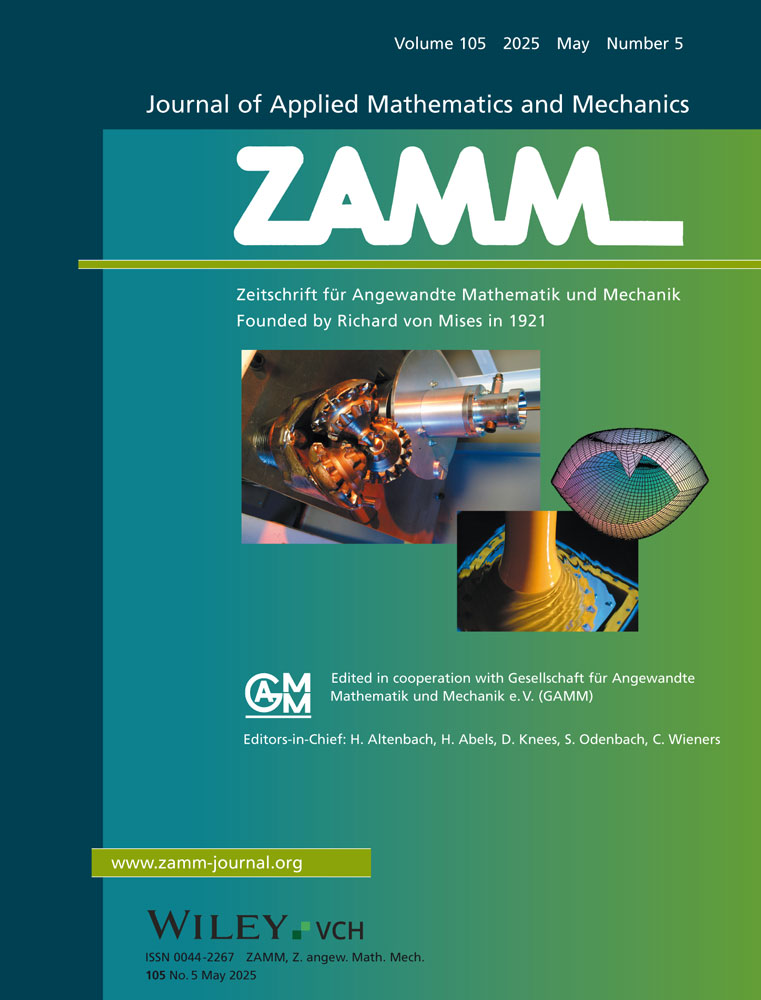Mathematical modeling and computational investigation on the role of multi-nanoscale and micro-scale particles on heat transfer in a polymeric fluid using the Galerkin finite element
Abstract
This article analyzes the role of multi-nanoparticles on heat transfer enhancement in polymeric liquids which are called micropolar fluids. In such fluids, two types of motion occur that are (i) micro-rotational motion and (ii) macro-motion. The fundamentals of micropolar fluid theory are used to model the enhancement of heat transfer in fluid with multi-nanoparticles. Three groups of nanoparticles are considered to be dispersed in fluid. These groups are: (i) (ii) and (iii) The PDEs of governing laws are transformed into ODEs and for simulation purposes, the Galerkin finite element method (GFEM) is used. The accuracy and correctness of solutions are tested via a numerical comparison between the present results (for a special case) and already published results. The related parameters are varied to analyze the behavior of flow variables and the process of heat transfer. The magnetic field is a factor that generates magnetic force due to changes in magnetic flux. This magnetic force acts the wall couple stress can be controlled by suction/injection parameter. Therefore, the use of a permeable disk is recommended for a reduction in the wall stress. opposite to the fluid motion and causes a reduction in the width of boundary layer flow. An optimized heat transport by micropolar fluid having ternary nanoparticles is noticed. However, the micropolar fluid (with ternary nanoparticles) exerts the highest wall shear stress on the surface of the body (here in this case on the surface of a radially stretching sheet). The Darcy porous medium is less resistant to flow in comparison to the Forchheimer porous medium. This study concludes that micropolar fluids are the best working fluids for thermal and cooling systems and automobiles if these are non-heat generative and are not subjected to the magnetic field.
CONFLICT OF INTEREST STATEMENT
The authors declare no conflicts of interest.
Open Research
DATA AVAILABILITY STATEMENT
Data sharing does not apply to this article as no new data were created or analyzed in this study.




